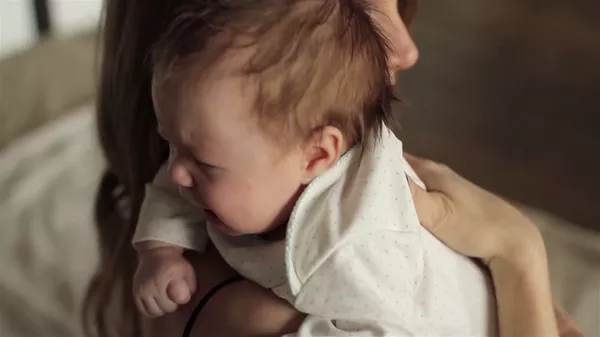In the world of parenting, choosing the right diaper size is a crucial decision that can affect both your baby’s comfort and your budget. As a parent, you want to make sure you have an adequate supply of diapers to keep your little one dry and happy. But with so many diaper sizes available, how do you determine how many diapers to buy in each size? In this comprehensive guide, we will walk you through the process of selecting the right diaper sizes and provide expert tips on stocking up for your baby’s needs.
1. Understanding Diaper Sizes
Before we dive into the numbers, it’s essential to understand the basics of diaper sizing. Diaper sizes are typically categorized by weight, and each size is designed to accommodate a specific weight range. The most common diaper sizes include:
Newborn (Up to 10 Pounds)
Newborn diapers are specially designed for the tiniest bundles of joy, typically weighing up to 10 pounds. These diapers offer a snug fit to keep your newborn comfortable and dry.
Size 1 (8 to 14 Pounds)
Size 1 diapers are suitable for babies weighing between 8 and 14 pounds. They provide a great fit for infants during their first few months.
Size 2 (12 to 18 Pounds)
As your baby grows, you’ll need to transition to size 2 diapers, which are ideal for babies weighing between 12 and 18 pounds.
Size 3 (16 to 28 Pounds)
Size 3 diapers cater to babies in the weight range of 16 to 28 pounds. These are commonly used for toddlers who have outgrown smaller sizes.
Size 4 (22 to 37 Pounds)
Size 4 diapers accommodate babies and toddlers weighing between 22 and 37 pounds. They offer ample protection for active little ones.
Size 5 (Over 27 Pounds)
Size 5 diapers are designed for babies weighing over 27 pounds. These larger diapers are perfect for older toddlers.
Size 6 (Over 35 Pounds)
Size 6 diapers are the largest option and are suitable for babies and toddlers over 35 pounds.
2. How Many Diapers to Buy for Newborns
Newborns are known for their frequent diaper changes, and having an adequate supply is essential. On average, newborns can go through as many as 10 to 12 diapers a day. To calculate how many newborn diapers to buy, consider the following:
Calculate Daily Usage
On average, plan for 10-12 diaper changes per day for a newborn.
Multiply this number by the number of days you want your diaper supply to last.
Consider Diaper Package Sizes
Diapers are typically sold in various package sizes, such as 32, 40, or 50 diapers per pack.
Divide the total number of diapers you’ll need by the number of diapers in each pack to determine how many packs to purchase.
Extras for Safety
It’s always a good idea to have a few extra diapers on hand for unexpected situations.
3. Determining Diaper Quantities for Other Sizes
As your baby grows, their diaper needs will change. Here’s how to estimate the quantity of diapers to purchase for other sizes:
Size 1 (8 to 14 Pounds)
Babies usually stay in this size for about 2-3 months.
Calculate your daily usage based on 8-10 diapers per day.
Size 2 (12 to 18 Pounds)
Babies typically wear size 2 diapers for about 3-4 months.
Estimate your daily usage to ensure you have an adequate supply.
Sizes 3, 4, 5, and 6
For these larger sizes, your baby will spend more time in each size.
Adjust your daily usage and overall quantity to match your baby’s age and needs.
4. Saving on Diaper Costs
To make the most of your budget while keeping your baby comfortable, consider the following tips:
Buy in Bulk
Purchasing diapers in bulk can save you money in the long run.
Look for sales and discounts on larger diaper packages.
Subscribe and Save
Many retailers offer subscription services that deliver diapers to your door at a discounted rate.
Subscriptions can help you save money and ensure a steady supply of diapers.
Stock Up Gradually
Rather than buying all your diapers at once, gradually build your diaper stash as your baby grows.
5. Keep an Eye on Your Baby’s Growth
Babies grow quickly, and their diaper size can change sooner than you might expect. Pay attention to signs that your baby is outgrowing their current diaper size, such as frequent leaks or difficulty fastening the tabs.
6. Conclusion
Choosing the right diaper size and determining how many diapers to buy for each size is a task every parent faces. By understanding the weight ranges and considering your baby’s age, you can stock up efficiently, save on costs, and ensure your baby stays dry and comfortable throughout their diapering journey. Keep in mind that while planning is essential, flexibility is key as your baby’s growth and needs are ever-evolving. Happy diapering!


